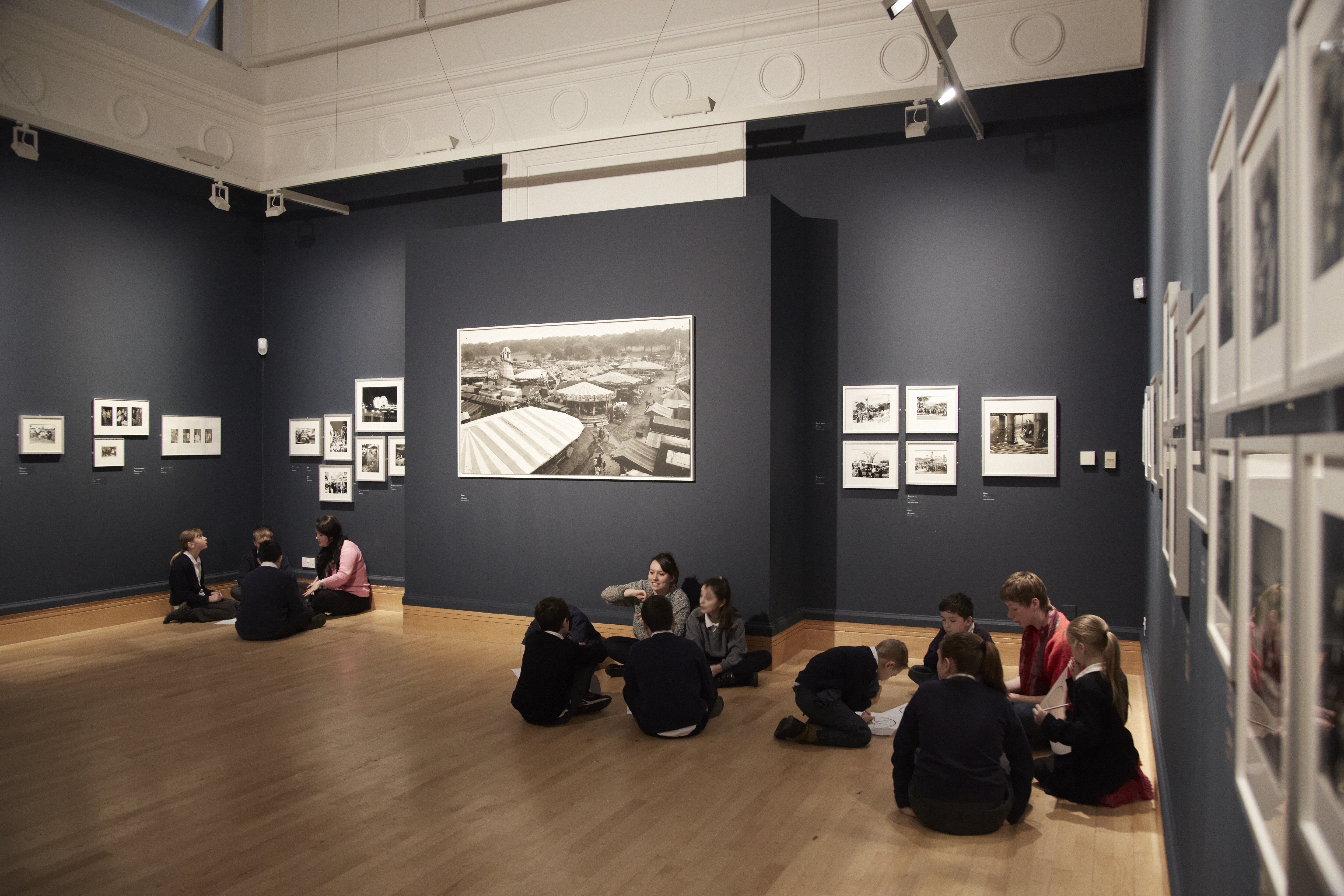
February 15, 2013, by Malvika Johal
The Lakeside Literacy Project
By Clare Harvey (MA Creative Writing 2012)
The unique work of the Lakeside Literacy Project brings together the University’s creative writing students and local primary school children at Lakeside’s Djanogly Art Gallery, where students run innovative writing workshops using the current exhibition as inspiration. So far this academic year four third-year students have been involved, and have to date run five two-hour literacy sessions with more than 130 key stage two children from Nottingham City schools. We’re now about to recruit and train second year students and continue the project on into the summer term, and beyond. Cascade funding means the student volunteers are trained by a local playwright and teacher, so the Lakeside Literacy Project is able to offer local schools a quality product, as well as giving the students themselves some truly rewarding work experience. Student volunteer Chloe Francis gives her perspective:
“I wanted to get involved with the Lakeside Literacy Project because I was interested in applying the skills I have learnt and refined throughout my degree in a practical environment. As a keen reader and creative writer, I was excited about the challenges of developing workshops, using the exhibition as a stimulus for the children’s own pieces of creative writing. After an initial training session, where we got to know the current exhibition and ran through some activities which could be used with the children, we began to plan our own sessions. We thought about the various ways in which we could encourage the children to engage with the exhibition, which we hoped would feed into their creative writing. We used a variety of methods including word games, drama activities and drawing to appeal to as many children as possible. The most challenging aspect of planning the workshops was encouraging the children to think creatively in relation to the exhibition. The current exhibition is ‘Saturday Night and Sunday Morning’, consisting mainly of photos depicting ordinary lives in Nottingham during the 1950s and 1960s. Consequently, many of the children’s responses adhered quite closely to what was in the photographs, rather than using a lot of imagination. We dedicated a large portion of the workshop to interacting with the Goose Fair pictures. Almost all of the children we worked with had visited Goose Fair, yet it also had a greater scope for an imaginative engagement. Through this work experience I have become confident at planning and delivering workshops as part of a team. I have also developed flexibility, being able to adapt workshop activities to suit the needs of each group of children. Listening to the children’s feedback at the end of each session is always encouraging, often with comments indicating that they enjoyed creative writing after the workshop activities.”
No comments yet, fill out a comment to be the first

Leave a Reply